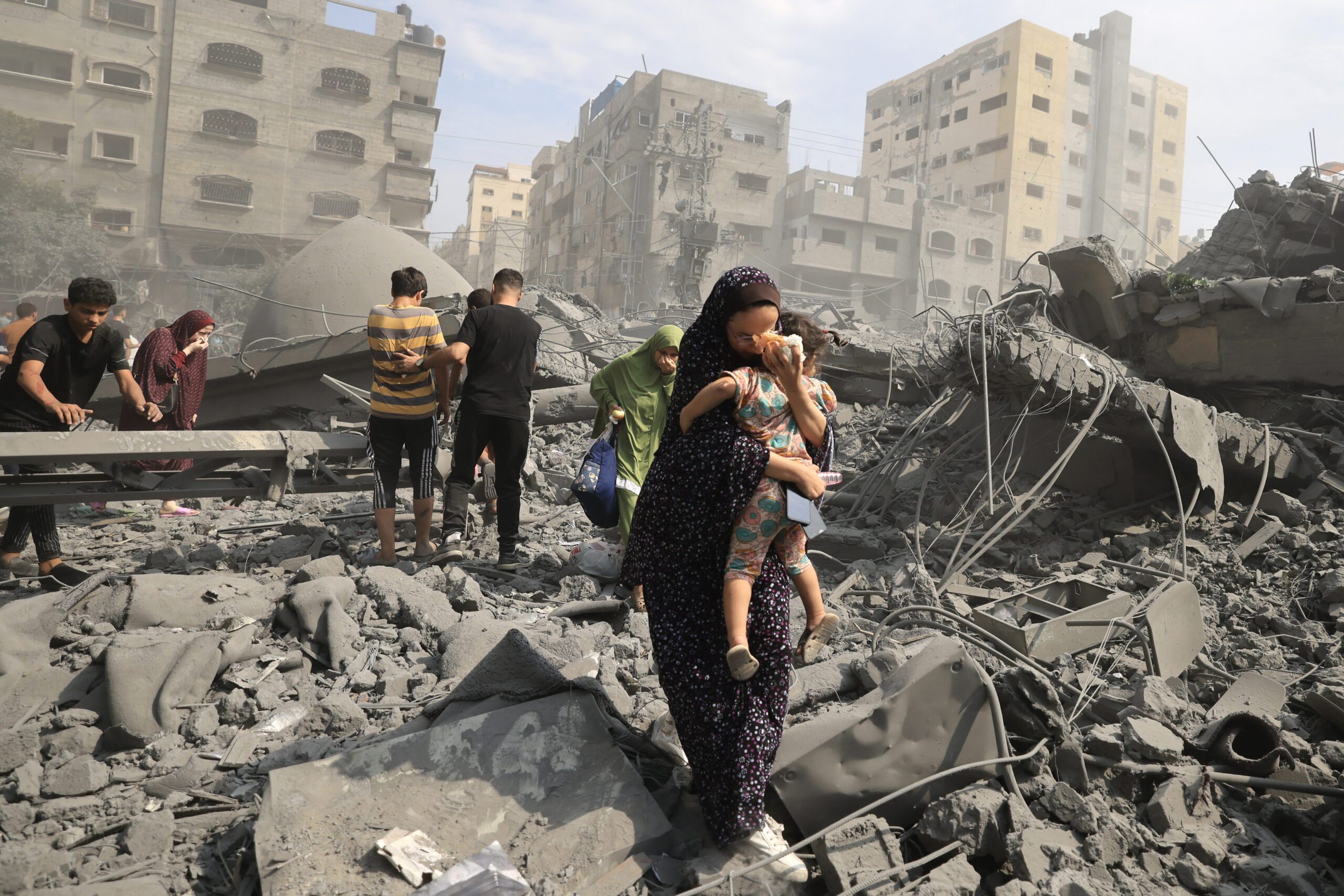On Sunday, January 14, the spokesperson for the Izz ad-Din al-Qassam Brigades, known by his nom de guerre “Abu Obeyda”, gave a speech after a long period of absence. In his speech, he detailed the resolve of resistance fighters across Gazan territories, and confirmed that many of the brigades’ regional allies have vowed escalation and further military support to the group.
Earlier that day, Hezbollah Secretary General Hassan Nasrallah also gave a speech in which he asserted that operations will continue in solidarity with people in the Gaza Strip. Nasrallah downplayed Israeli and American threats, claiming they lead nowhere, and asserted Hezbollah’s readiness for continued warfare.
With the conflict taking on increasingly regional and international scopes, Nasrallah stated that resistance groups in Iraq targeted the city of Haifa – a surprising revelation about the true scope of the axis of resistance’s operations.
An Increase in Number of Players Militarily Involved
Across the region now, most countries have become involved one way or another, with an increasing number becoming involved in direct military operations.
On the Yemeni front, the Houthis group continues to block the passage of ships from and towards Israel. To “protect world trade and in the interest of self-defense”, the UK and US embarked on bombing campaigns on Yemen.
In response, the Houthis have reportedly headed towards blocking the passage of US and UK ships, too.
Lebanon and Syria continue to be subject to Israeli air raids, drone strikes and bombing campaigns, often targeting residential areas. Conflict in the south of Lebanon continues to expand significantly, increasing in scope and frequency, with the number of deaths reaching around 200.
As matters stand, several Western powers have shifted their positions to oppose Israeli policy and demand de-escalations, while others, namely the US, the UK and Germany, have continued supporting Israeli authorities.
Relationships between the US and Israeli governments have reportedly turned tense as a result of Israeli Prime Minister Netanyahu’s repeated refusals to heed de-escalation calls.
In a government session dedicated to the approval of the 2024 state budget – which saw an increase in military expenditure – Netanyahu claimed that the war on Gaza will continue for months. Demonstrations in Tel Aviv have continued, calling for the resignation of Netanyahu’s government and the release of Israeli hostages in the Gaza Strip.
Nowhere Near “Eradicating Hamas”
On its part, Israeli newspaper Yedioth Ahronoth stated that Israeli military estimates point that Hamas has not lost its leaders in the Gaza Strip, and that the majority of the group’s fighters are still alive 100 days after the escalations.
Such findings confirm the unrealistic nature of the Israeli goal of “eliminating” Hamas, which occupation authorities have used to try to justify the mass genocidal campaign which has so far killed over 10,000 Palestinian children.
The Great Regional War that many have warned of seems increasingly closer to becoming a reality as matters escalate slowly, albeit steadily. The rise in surgical operations and targeting of senior military commanders and key posts across different countries signal that few areas are off limits, and that the fighting is bound to continue in the upcoming period.


